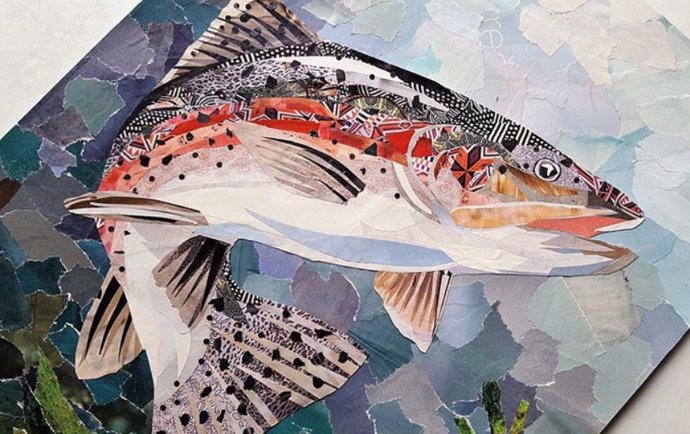Mammals spend more energy in reproduction than ectotherms (amphibians, reptiles, fish, etc.) – MONASH UNIVERSITY
May 17. () –
The energy invested in animal reproduction is up to 10 times greater than previously estimated when you take into account the metabolic burden of having and caring for offspring.
This finding, published in the journal Science, It fundamentally challenges theories and old biological models about the growth and life histories of animals.
The act of reproduction is one of the largest energy investments that an animal can make. This investment includes the direct cost, the energy invested directly in the offspring themselves, and the indirect costs, the energy expended to create, transport, and care for the offspring before they are born. While the direct costs of reproduction are well known, the indirect costs (the metabolic burden of reproduction) have not been previously quantified.
Despite this incomplete understanding, different biological theories make conflicting assumptions about the metabolic burden of reproduction. For example, most models assume that it is relatively small compared to direct costs, while others do not distinguish between metabolic loads and total reproductive energy investments.
When applied, these various assumptions yield different conclusions about the fundamental drivers of animal life histories. Samuel Ginther and his colleagues at the Monash University developed a quantitative framework to estimate the total energetic costs of reproduction across all animal taxa by combining data on the energetic content of animal offspring and the metabolic burden of having them. The approach allowed the authors to separate the contributors to the overall investment in reproductive energy.
Through the evaluation of 81 speciesFrom microscopic rotifers to humans, Ginther and his team found that direct costs often represent the smallest fraction of the energy expended in reproduction. For example, in mammals, only about 10% of the energy expended in reproduction is represented in the offspring themselves, while the other 90% is invested in the metabolically intensive processes of gestation. Humans have some of the highest indirect costs, around 96%.
Ginther and his team’s analysis also shows that the evolution of life in ectotherms came with massive increases in metabolic loads, demonstrating that ectothermic species that live in life pay higher indirect costs than their egg-laying counterparts. . What’s more, the authors found that the indirect costs of reproduction in ectotherms are extremely sensitive to temperature, suggesting that future warming could result in changes in reproductive costs. with worrying implications for population replacement under climate change.










![[Img #74692]](https://thelatestnews.world/wp-content/uploads/2024/12/What-do-11-and-12-year-old-boys-and-girls-300x200.jpg)

Add Comment